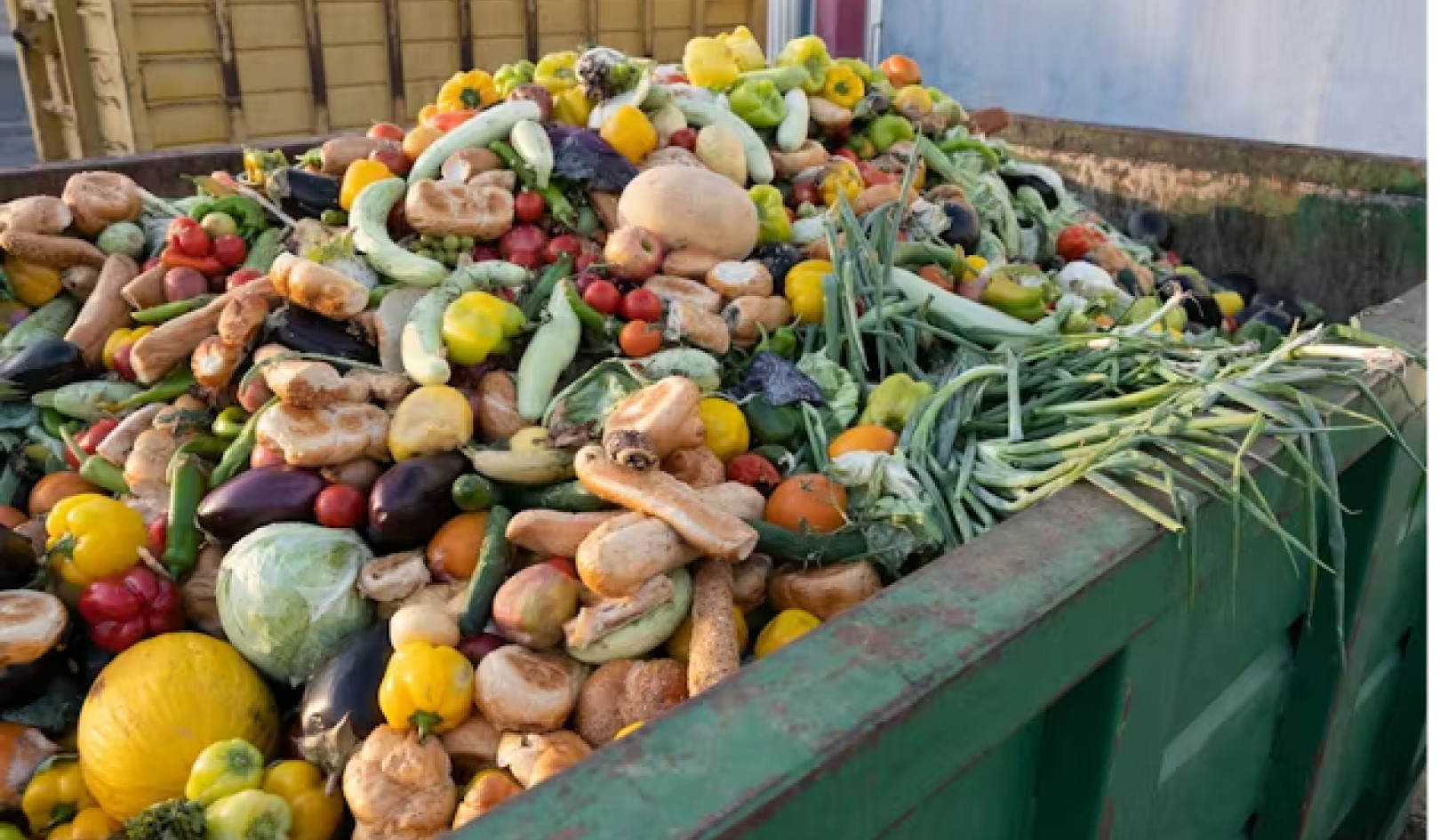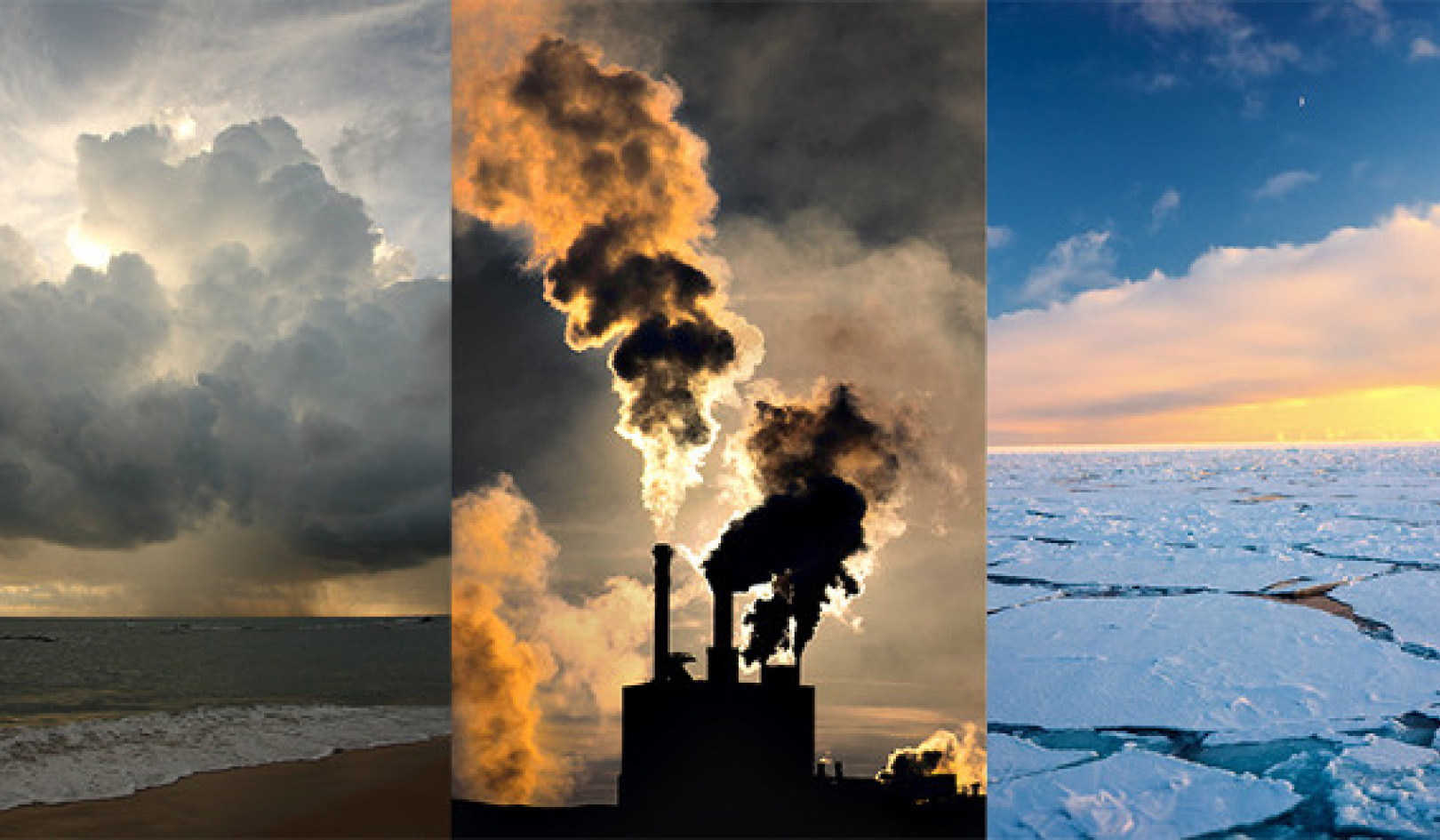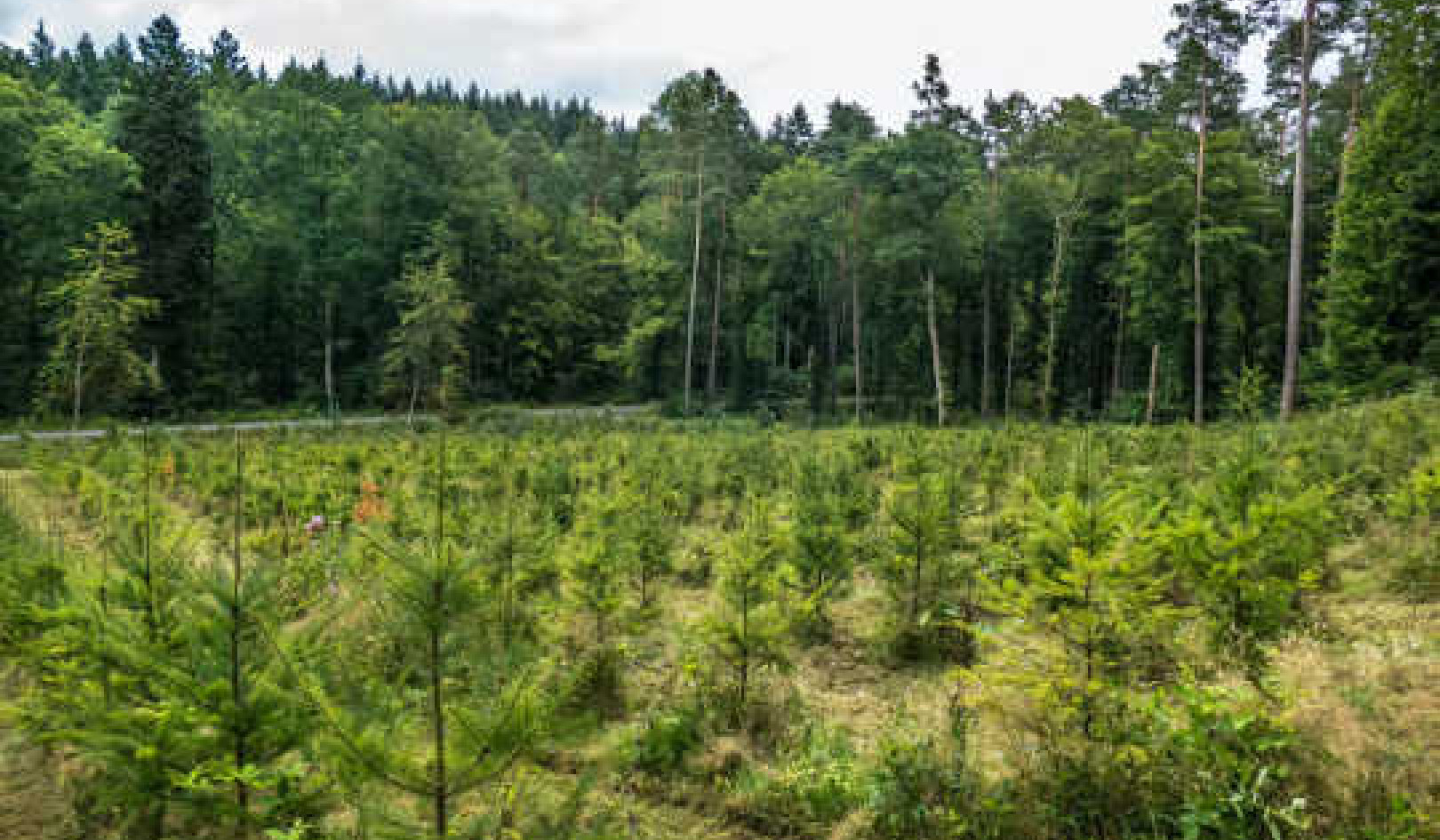
By making 360-degree panoramic underwater vision available to anyone who has a computer, scientists hope to alert many more people to the plight of the world’s coral reefs.
Ever wanted to see a coral reef up close? What until now has been a privilege reserved to a small minority is about to become something millions of us can (virtually) do.
Scientists have hit on a way to harness 360-degree panoramas from Google’s underwater street-view format in order to let anyone with access to a computer see reefs in real time.
The project – which will allow ecologists to harness this distributed power to study how coral reefs are responding to climate change – was presented at INTECOL, the world’s largest international ecology meeting, in London this week.
Professor Ove Hoegh-Guldberg of the University of Queensland, Australia, leads the research associated with the Catlin Seaview Survey. It aims to create a baseline record of the world’s coral reefs, in high-resolution 360-degree panoramic vision.
The survey’s website says: “The world’s reefs are in a dramatic state of decline – we’ve lost over 40% of corals over the last 50 years due to pollution, destructive fishing and climate change.
“According to the scientific community the decline is set to continue; it will affect 500 million people globally who rely on coral reefs for food, tourism income and coastal protection.”
Seeking Online Help
The survey uses image recognition technology to automatically assess creatures on the seabed; so far it has already taken hundreds of thousands of images on Australia’s Great Barrier Reef and in the Caribbean. The organisers are now working to develop the project by building citizen science into the research, in the hope that this will both raise awareness and provide more data.
“This new technology allows us to rapidly understand the distribution and abundance of key organisms such as corals at large scales. Our expeditions in 2012 to the Great Barrier Reef recorded over 150 km of reef-scape using these methods”, says Professor Hoegh-Guldberg.
“We are planning to involve online citizens to help us count a wide range of organisms that appear in the high-definition images. Anyone with access to a computer will be able to help us log creatures such as stingrays, turtles, fish and Crown of Thorns starfish.
“Only 1% of humanity has ever dived on a coral reef, and by making the experience easily accessible the survey will help alert millions of people around the world to the plight of the reefs.”
At Queensland’s Heron Island research station Professor Hoegh-Guldberg has been running the first-ever long-term climate simulation experiments using computer-controlled systems to manipulate carbon dioxide levels and temperature to simulate past, present and future climate conditions around reefs.
Survival Struggle
“Coral reefs have had a hard time adjusting even to the conditions we find ourselves in today with respect to high carbon dioxide levels and sea temperatures. Our work is showing some interesting observations, such as the lack of adaptation of reef communities to the changes that have occurred up until the present”, he explains.
“Worse still, our results show that even under the most moderate climate change projections from the Intergovernmental Panel on Climate Change, most corals will struggle to survive and reefs will rapidly decalcify.” In other words they will start to lose calcium, leading to the bleaching of the coral.
Simulating the exposure of reefs and the micro-organisms which live with them, known as dinoflagellates, to future ocean conditions is also showing how these key organisms cope with changes in acidity and temperature.
Professor Hoegh-Guldberg’s experiments show that responses involve the whole organism, not only one or two features of its biology. “The idea that evolution is likely to operate rapidly within these systems is largely unfounded”, he says.
“The more complex the response, the greater the number of biological systems involved, and the greater the number of genes that will have to be changed in coordination to enable organisms to survive.” – Climate News Network






























